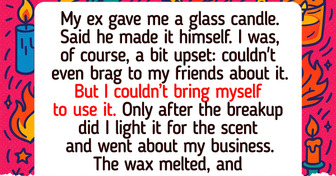My MIL Mocked Me at My Husband’s Birthday Party—I Gave Her a Brutal Reality Check

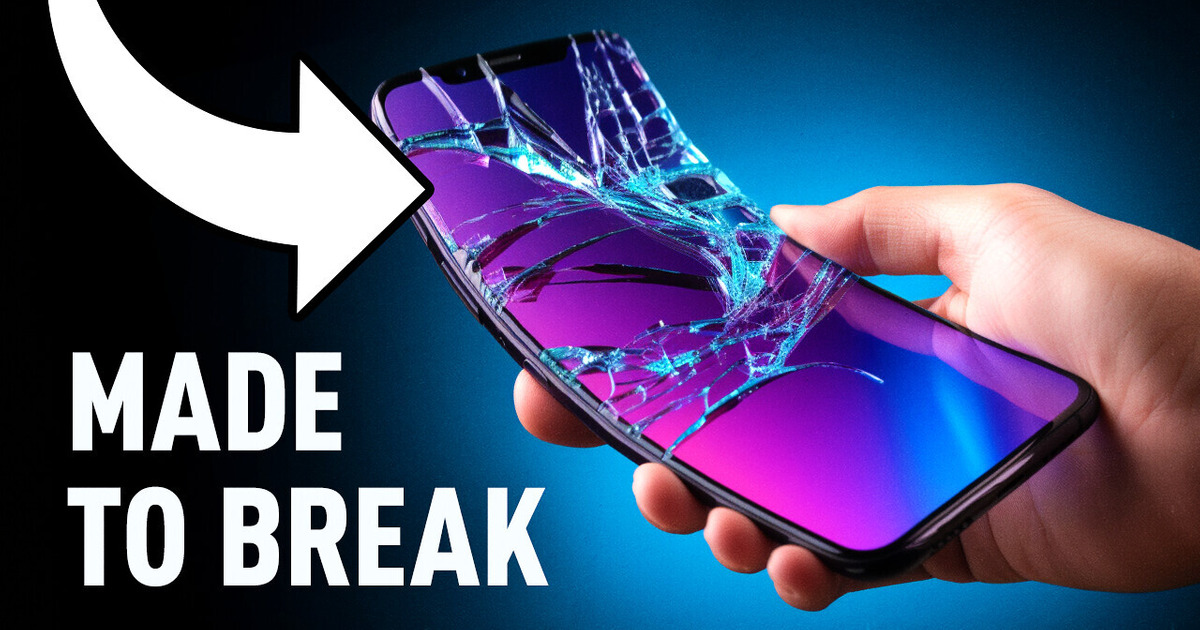
In California, there’s this light bulb that has been shining bright since 1901. Originally a thirty-watt lamp, this special thing now emits a cozy glow similar to a four-watt nightlight. It was created by a French inventor, who produced the hand-blown, carbon-filament common light bulb back in the late eighteen-nineties.

The bulb’s journey took an interesting turn when the company’s owner donated it to the local Fire Department. Since then, it has hardly ever been turned off, earning the well-deserved title of the world’s longest-lasting light bulb. Now, let’s shed some light on the lifespan of modern versions. The lifetimes depend on the brand, technology, and type.
Nowadays, a new-generation bulb can last beyond twenty thousand hours. We went forward in technology and developed much further, but a light bulb from two centuries ago was more durable than the recent ones. That’s kinda weird. And if you noticed, this contradiction isn’t limited to light bulbs. It’s like everything we buy these days tends to break down much faster than it used to.
Well, that’s because of something called “planned obsolescence.” It’s when companies design products to wear out quickly or become useless in a short amount of time. The sneaky idea behind this is to make you buy new stuff or upgrades. Some countries have actually banned this practice because — umm, it’s not cool. It all started with the car industry in the United States back in nineteen twenty-four. This guy named Alfred P. Sloan Jr., who worked for General Motors, suggested releasing new car models every year to keep sales going.
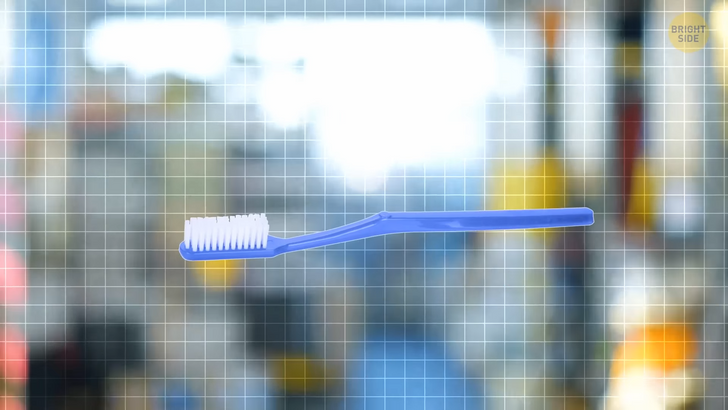
Planned obsolescence works best when a company has a bit of a monopoly or at least very few competitors. Before they implement this tactic, they need to be pretty sure that you’ll come back to them for a replacement because you’re loyal to their brand. They know how long the product is designed to last, but you don’t.
Interestingly, products tend to last longer when there’s more competition in the market. For example, when Japanese cars with longer lifespans hit the American market in the nineteen sixties and seventies, American carmakers had to step up their game and make more durable cars to keep up.
So, what’s good and bad about planned obsolescence? Well, from the manufacturers’ point of view, it’s great! It helps them make money and keeps the economy rolling because people continue buying new stuff. It also pushes companies to invest in research and development, which can lead to cool innovations. But on the downside, there’s a loooot of waste involved. We’re talking tons of it! Plus, we’re using up precious resources.
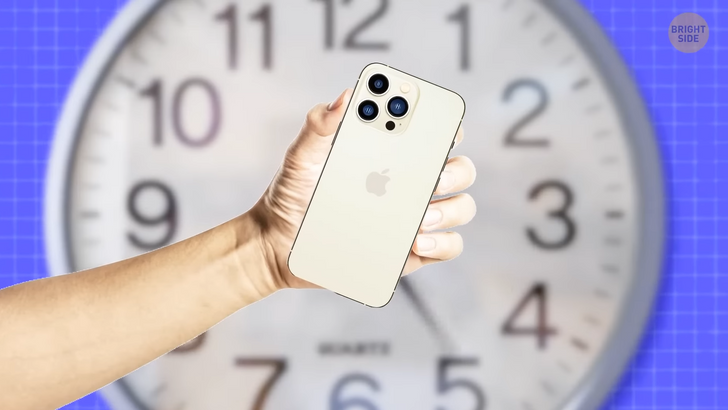
There are different types of this notion. Systemic planned obsolescence happens when your computer or other gadgets can’t handle the latest updates or connect with new accessories because the technology has changed. If it’s “perceived,” then the perspective around the item changes.
For instance, smartphone or fashion designers change the style of their products to make the older ones seem less cool. And if it’s “dated,” then yeah, there’s this secret extermination date. Some products just stop working or get turned off after a certain date, forcing you to buy a new one. Then there’s “legal planned obsolescence”; this is when a law is passed that makes it illegal to use certain products.
Some products are designed with the phrase “No repairs allowed” in mind. Have you ever tried fixing your broken electronics? Well, some companies make it impossible by developing their products in a way that you can’t open them or replace parts. Another production strategy is “Made to Break.” Some products are purposely designed to wear out quickly. Manufacturers use flimsy materials that get easily damaged or worn out.
And sometimes, you can’t even upgrade the software on your computer or phone because it’s not compatible anymore. How about those non-replaceable batteries? You know those devices that have built-in batteries you can’t change? Well, after a couple of years, those batteries go down, and you’re forced to buy a whole new device instead of just replacing the battery.
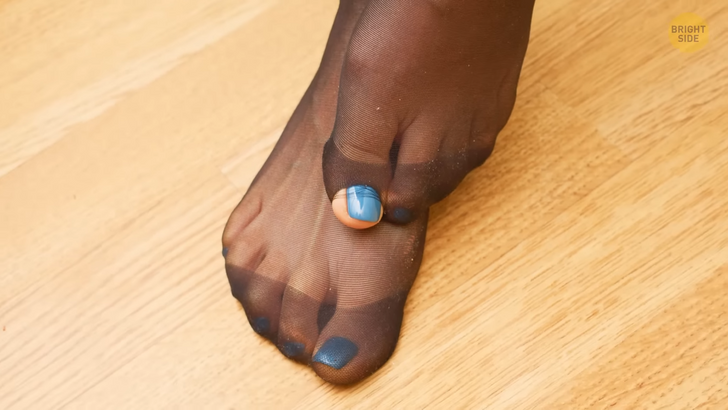
We experience the same thing with clothes as well. Vintage pieces tend to last for decades, but if you buy a new t-shirt, even if it’s from a decent brand, you get issues after a couple of years. We didn’t arrive at this point in a day. A recent study made about tights revealed a new secret. It turns out that clothing brands are intentionally making women’s tights that are prone to “laddering,” causing them to be thrown away after just six uses. Our grandmothers’ tights withstood way more wear and tear than ours.
A hundred and thirty million pairs of tights are sold in France alone every year! In this study, almost two-thirds of the participants indeed admitted that their tights barely made it past six uses. I mean, they didn’t get bored of wearing them — the tights became unwearable due to their fragile nature.
On average, women end up buying around ten to eleven pairs of tights per season to keep up with the constant need for replacements. The study pointed fingers at the two main culprits: poor-quality fabric and the use of additives that supposedly make the tights less durable. Apparently, tights manufacturers produce them more like tubes to cut costs, neglecting the natural contours of human legs. They also seem to lack the attention to detail that comes with finishing products by hand.
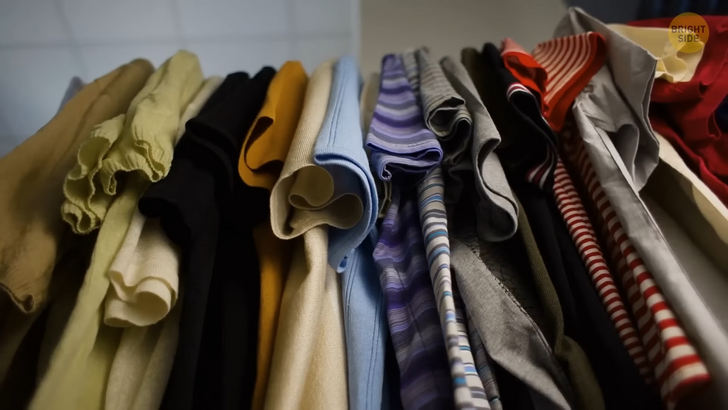
The clothing game, in general, has seen some major transformations in recent decades, and it’s all been influenced by a bunch of different factors. We’re talking about technological advancements, shifts in how we shop, and changes in how clothes are made. Back in the day, clothes were generally made of natural materials like cotton, wool, and silk. They were meant to hang around in your wardrobe for ages.
But now, things have taken a turn. The spotlight is on synthetic materials like polyester and nylon. Sure, they’re cheaper to produce, but they might not hold up as well or feel as comfy. Oh, and let’s not forget the rise of fast fashion. It’s all about producing tons of super cheap clothes that you wear for a hot minute before tossing them aside. Quality isn’t always the priority here. Speed and low cost are the big players in the game.
But hey, don’t lose hope! There’s a brighter side to this story. More and more people are jumping on the sustainable and ethical fashion train. They want clothes made from eco-friendly stuff and created under fair labor conditions. And guess what? This movement is bringing quality and durability back into the spotlight.
Brands are stepping up their game and making clothes that are built to last. So, yeah, the clothing world has seen some big changes. With the rise of fast fashion, we’ve seen a shift toward cheaper and less durable materials. But at the same time, there’s a growing crowd pushing for sustainable, ethical, and high-quality fashion. It’s like a fashion “tug-of-war,” but we’ll see who wins in the end!

Back to the reliability of cars nowadays. It seems like new vehicles are experiencing more breakdowns, and it’s not just the typical engine and gearbox issues that some brands used to have. Nope, now it’s the climate control systems, electrics, in-car entertainment units, onboard electronics, and even power windows that are giving up in the first few years.
This tech issue isn’t, of course, specific to automobiles. Apple admitted to deliberately slowing down iPhones. Then there are refrigerators. They’ve got a compressor problem. Those last only about one-third to one-fourth of their previous lifespan. They also have red flags related to their doors.
Instead of being screwed on tightly, they’re sort of glued in place. All that pulling the door in the middle of the night when you can’t sleep can lead to trouble. Over time, the doors lose their friction and start acting all wobbly. Overall, there’s a bright side to this notion.
Now there are products that are made to last less to help the environment — for example, seaweed bags instead of plastic bags. Fancy a cup of tea? Then dissolvable tea bags got you covered. Edible water blobs and edible spoons are next-level inventions. Numerous brands sell detergent or shampoo pods and toothpaste tablets.



